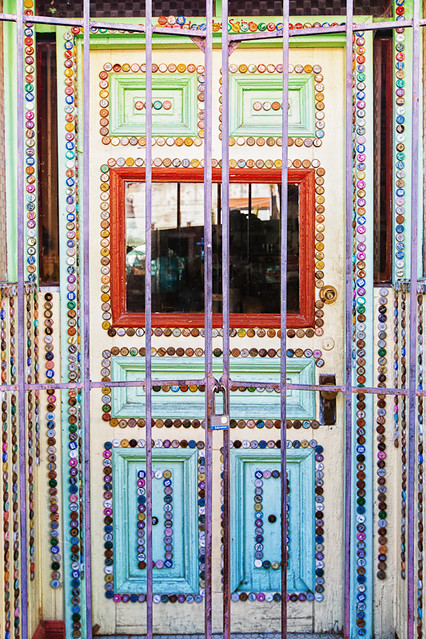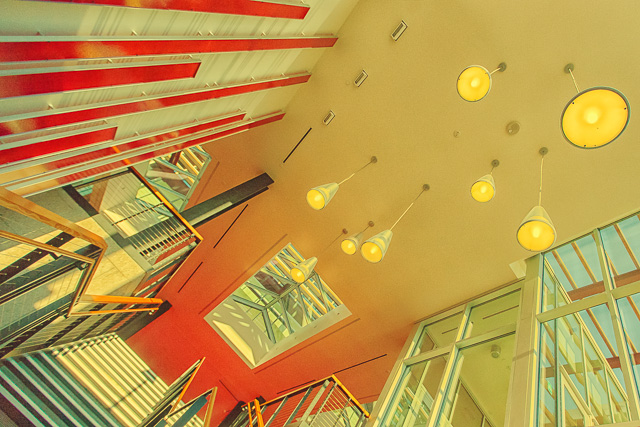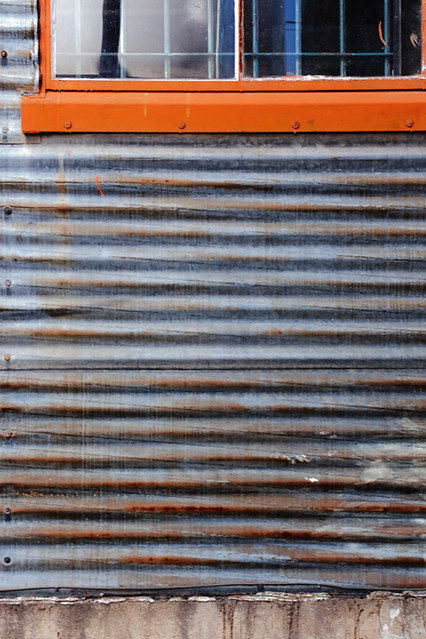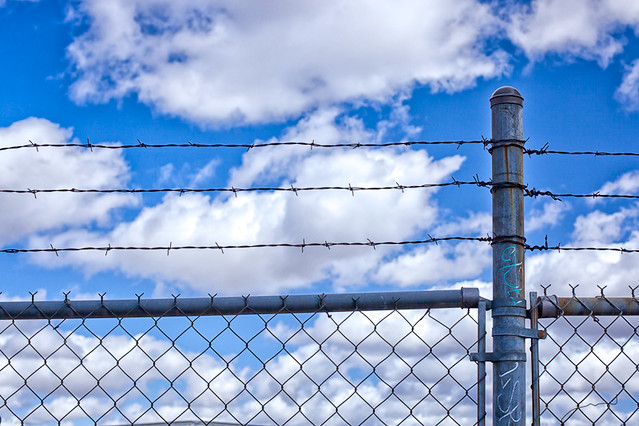
Ordering Tramadol Online Art Lives © 2012 Bo Mackison
https://www.petwantsclt.com/petwants-charlotte-ingredients/ “Art teaches nothing, except the significance of life.” ~ Henry Miller
(This post is the sixth in a series of my story, an intimate exploration of art and healing.)
After I’d stabilized, I no longer needed the quiet and non-stimulation of the Quiet Room.
I was transferred to a hospital room on a locked unit. This specialized unit, designed for protection of the patients, did so with a minimalist approach. Anything deemed dangerous was contraband. A good rule of thumb – if an item might pose a danger to a curious, unsupervised two-year old, it was off-limits on 6-West.
A locked psychiatric unit, especially in a high-rise facility with no outside access, provides a stark existence.
Boredom was rampant. Angry outbursts from patients, or the television set on a high volume, or perhaps angry patients fighting over the television set were standard fare. It was the way of the system.
The locked unit was a transition phase prior to transfer to the treatment unit which offered occupational therapy, art therapy, music therapy, and a variety of classes that helped patients transfer to out-patient programs.
Enter my guardian angel, Linda, an occupational therapist.
She looked beyond my outward appearance, angry and confused, and saw potential. Linda took me under her wing, quickly assessing a way to connect with me. In my fragile state of anger and despondency, she spoon fed me massive amounts of art and writing activities.
Her creative immersion theory worked.
“Art is not a part of life, it is not an addition to life, it is the essence of those pieces of us that make us fulfilled. That give us hope. That give us dreams…” ~ Hasan Davis
We began with the simplest of media – paper and glue.
Until I earned off-unit privileges, I did projects in the common room. Linda brought me stacks of magazines, paper, and glue sticks. I began with torn paper collages – an activity that was a great match for my state of mind.
At first, the mere act of tearing the magazine pages into hundreds of strips provided an energy outlet. Gradually I worked to combine pictures and words which provided an outlet for my feelings, my emotions.
Linda gave me a list of requirements that would allow me to accompany her to the off unit therapy room – a room filled with an endless variety of art supplies.
So meaningful was the art I was creating, I was eager to earn privileges to be off unit.
This would prove to be a pivotal experience, one that opened my eyes to the miracle of creating and set me on the road towards healing.
– based on journal entries, 1990-91
~~~~~~~~~~~~~~~~
This is a re-post the 11-part series I first ran in January, 2013 on art and healing. I believe this story is too important to keep buried in my blog. It is my hope that my experiences will inspire others on their journeys.










